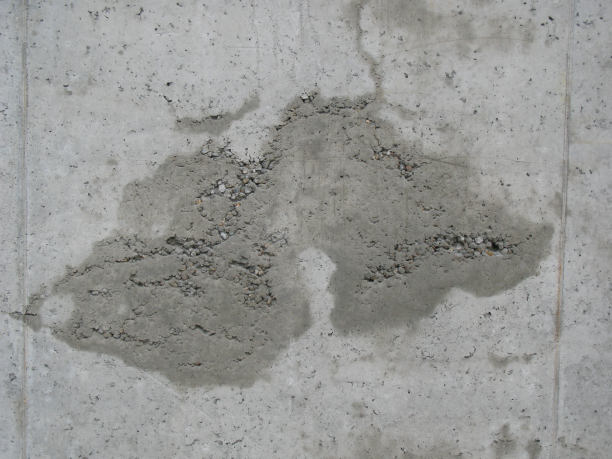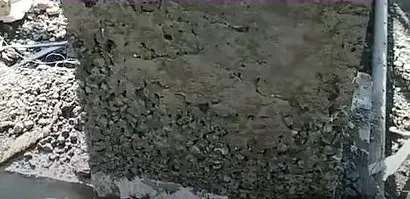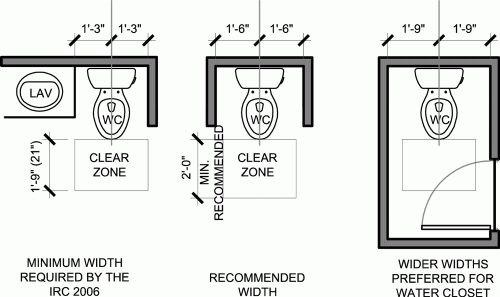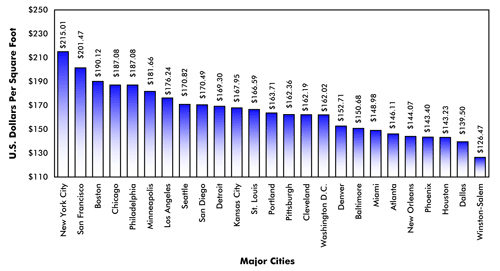Honeycombing in Concrete Foundations
Concrete foundations are the backbone of any sturdy structure, providing the stability needed to support buildings, bridges, and other constructions. However, a common issue known as honeycombing can compromise both the aesthetics and integrity of these foundations. Let’s dive into what honeycombing is, how to differentiate between minor and structural cases, and the best methods to treat and repair each type.
What is Honeycombing in Concrete?
Honeycombing refers to voids or gaps in concrete that form when the material isn’t properly consolidated or vibrated during pouring. The result is a rough, porous surface that resembles a honeycomb, with exposed aggregate and small cavities. This issue typically arises due to:
Types of Honeycombing: Minor vs. Structural
Not all honeycombing is created equal. Depending on its severity, it can be classified as minor or structural, each with distinct characteristics and risks.
Minor Honeycombing
- Characteristics: Small, surface-level voids, typically less than 1 inch deep, that don’t penetrate far into the concrete or affect its load-bearing capacity.
- Common locations: Exposed surfaces of foundations, walls, or columns.
- Risks: Primarily cosmetic, minor honeycombing can still allow water seepage, which may cause staining or gradual deterioration if left untreated. It’s more of an eyesore than a structural threat but should be addressed to prevent worsening.
Assessment
Visually inspect the affected area to determine the extent and depth of the voids. Light tapping with a hammer can help identify loose or hollow spots.
Confirm that the damage is superficial and doesn’t affect the structural integrity (e.g., no exposed rebar or deep cracks).
Treatment and Repair (Minor)
Minor honeycombing is often manageable with basic repair techniques, making it a viable DIY project for those with some construction know-how. Here’s how to address it:
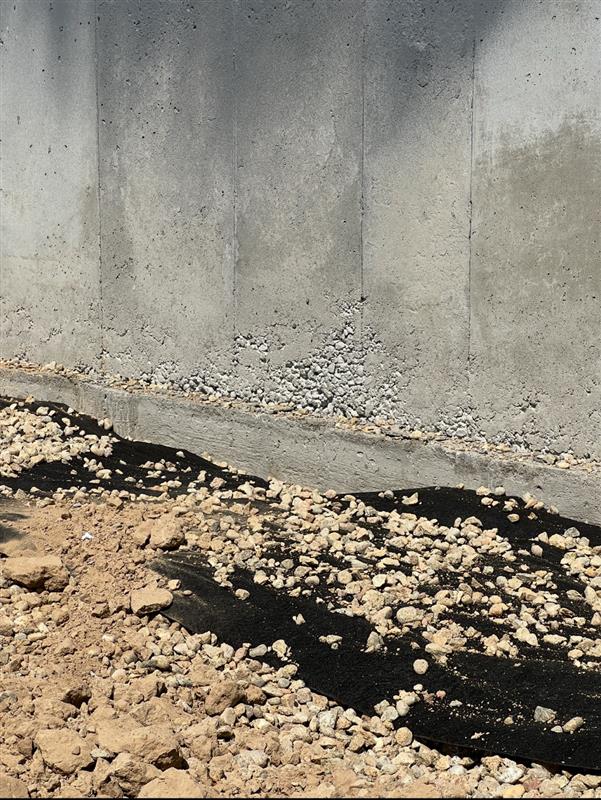
Repair Methods
Surface Patching:
- Clean the area: Remove loose debris, dust, and contaminants using a wire brush, chisel, or water jet. Ensure the surface is clean and slightly damp.
- Apply a bonding agent: Use a concrete bonding adhesive to improve adhesion between the existing concrete and the repair material.
- Fill the voids: Apply a cementitious repair mortar or polymer-modified concrete mix using a trowel. Press the material firmly to fill all gaps.
- Smooth and cure: Level the surface and keep it moist for 7-14 days (e.g., cover with wet burlap or apply a curing compound) to ensure proper hardening.
Epoxy or Resin Coating:
- For areas prone to water seepage, apply an epoxy or waterproof coating over the patched surface to enhance durability and prevent moisture ingress.
Prevention Tips
Use adequate vibration during concrete pours to eliminate air pockets.
Opt for a workable concrete mix with the right slump (flowability) for your project.
Train workers on proper placement techniques, such as pouring in layers and avoiding over-spillage.
Structural Honeycombing
- Characteristics: Larger, deeper voids (over 1-2 inches) that may expose reinforcement or extend through the concrete section, compromising its strength.
- Common locations: Critical load-bearing areas like foundation footings, beams, or columns.
- Risks: Structural honeycombing can significantly weaken the concrete, increase the risk of reinforcement corrosion, and lead to cracking or even failure under load. This type demands immediate attention and professional intervention.
Assessment
Engage a structural engineer to evaluate the extent of the damage. They may use non-destructive testing (e.g., ultrasonic testing) or core sampling to assess the voids and check for reinforcement corrosion.
Look for signs of deeper issues, such as exposed rebar, rust stains, or cracks radiating from the honeycombed area.
Treatment and Repair (Structural)
Structural honeycombing is a serious issue that requires careful assessment and professional expertise. Attempting to fix it without proper knowledge can exacerbate the damage or compromise safety.
Repair Methods
Grouting:
For deep voids, pressure-inject non-shrink cementitious or epoxy grout to fill gaps. This involves:
- Drilling injection ports into the concrete.
- Sealing the surface to prevent leaks.
- Pumping grout under controlled pressure to fill all voids.
- This method is effective for restoring strength without extensive demolition.
Concrete Replacement:
- Remove damaged concrete: Use chipping hammers, high-pressure water jets, or saws to carefully remove loose or honeycombed concrete. Avoid damaging reinforcement.
- Treat reinforcement: Clean exposed rebar and apply an anti-corrosion coating if rust is present.
- Form and pour: Install formwork around the area and pour high-strength concrete or specialized repair mortar. Vibrate thoroughly to ensure compaction.
- Cure properly: Keep the repaired area moist for at least 7 days to promote strength development.
Strengthening:
In severe cases, additional reinforcement may be needed. A structural engineer might recommend carbon fiber wraps, steel plates, or external post-tensioning to restore load-bearing capacity.
Prevention Tips
- Design formwork and reinforcement layouts to allow proper concrete flow.
- Use skilled labor and high-quality vibration equipment during pours.
- Conduct quality checks, such as slump tests and visual inspections, during construction to catch issues early.
When to Call a Professional
Minor honeycombing can often be handled by DIYers or general contractors, especially if it’s shallow and limited to non-structural areas. However, structural honeycombing is a different story. If you notice deep voids, exposed reinforcement, or damage in load-bearing elements, consult a structural engineer or professional contractor immediately. They have the expertise and tools to assess the damage accurately and recommend solutions that ensure long-term safety.
Conclusion
Honeycombing in concrete foundations is a common but preventable issue that ranges from minor surface flaws to serious structural concerns. By understanding the difference, you can take the right steps to address it—whether that’s patching small voids yourself or calling in professionals for deeper repairs. Early detection and proper treatment are key to maintaining the longevity and safety of your foundation. Regularly inspect your foundation, address minor issues promptly, and don’t hesitate to seek expert help for significant damage.


